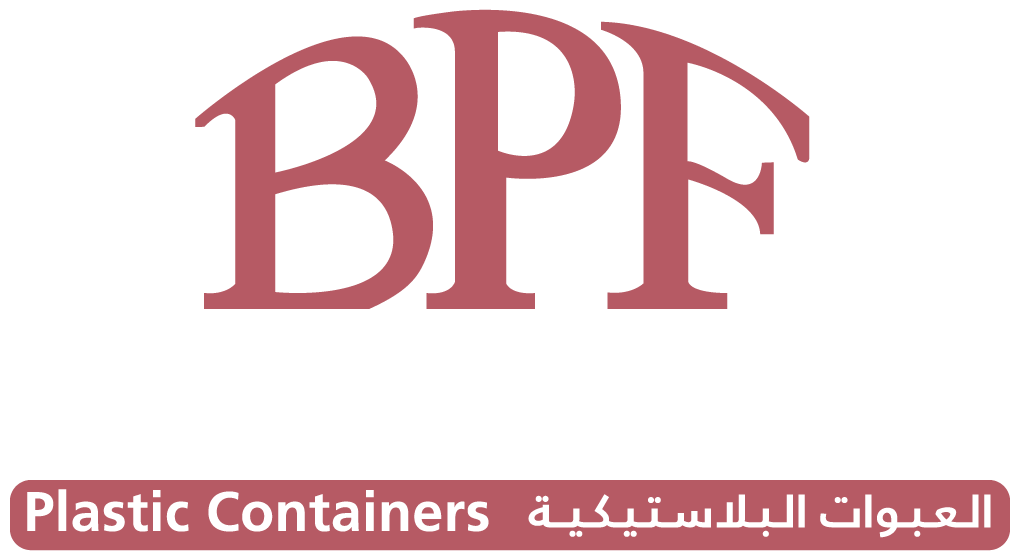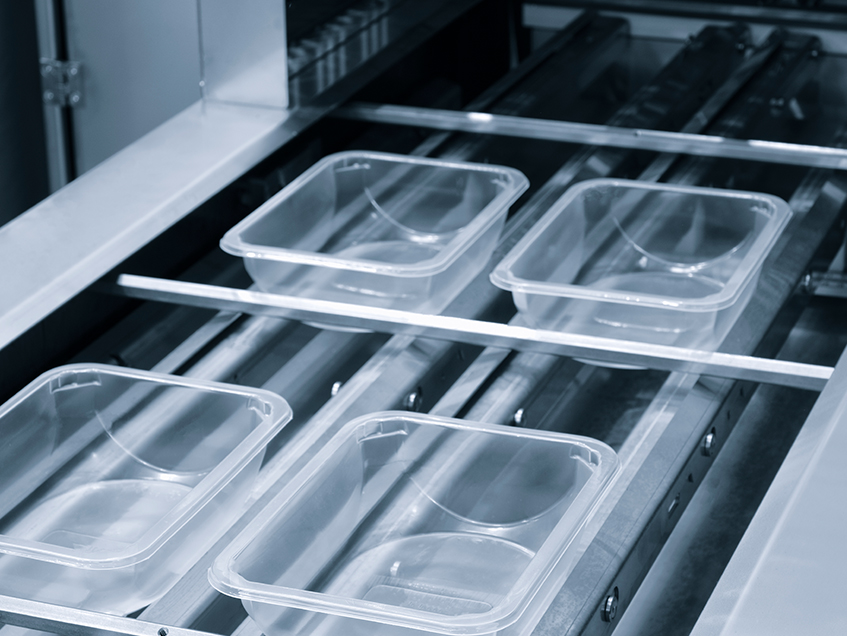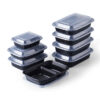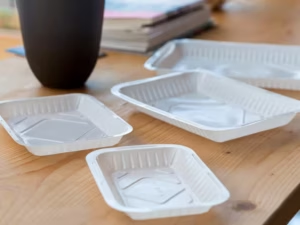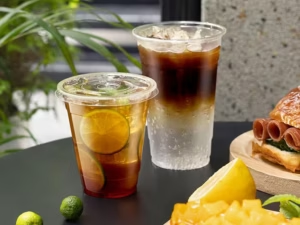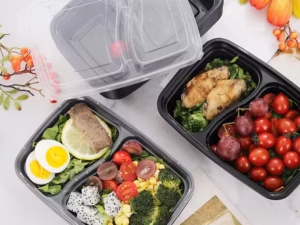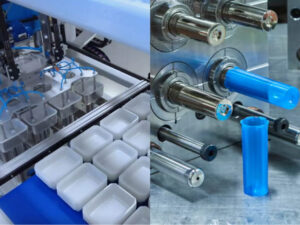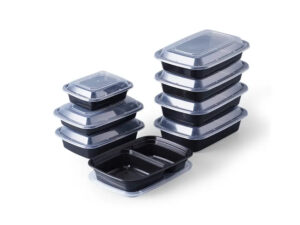Introduction
Plastic containers play a crucial role in various industries, including food and beverage, pharmaceuticals, cosmetics, and industrial storage. The demand for durable, cost-effective, and high-quality containers has led to the widespread use of injection molding, one of the most efficient manufacturing processes.
Injection molding allows for mass production of plastic containers with precision, consistency, and minimal waste. This method has revolutionized the packaging industry by enabling the production of complex shapes, customized designs, and lightweight yet sturdy packaging solutions.
Are you looking for high-quality plastic containers? Discover BPF’s advanced injection molding solutions today.
1. What Is Injection Molding?
Injection molding is a manufacturing process used to produce plastic parts by injecting molten plastic into a mold. This method is ideal for high-volume production and ensures that each container meets strict quality standards.
The process involves:
- Melting the plastic material – Thermoplastic polymers are heated until they become liquid.
- Injection into a mold – The molten plastic is injected into a precisely designed mold cavity under high pressure.
- Cooling and solidification – The plastic takes the shape of the mold as it cools and hardens.
- Ejection and finishing – The final product is removed from the mold, sometimes undergoing additional finishing steps like trimming or printing.
2. Advantages of Injection Molding in Plastic Container Production
Injection molding offers several key advantages that make it the preferred choice for plastic container manufacturing:
- High Efficiency and Mass Production
Injection molding allows for the rapid production of thousands to millions of containers with consistent quality and minimal defects. - Precision and Design Flexibility
This process enables manufacturers to create complex shapes, custom designs, and intricate details that meet industry-specific requirements. - Material Efficiency and Sustainability
Advanced molding techniques minimize material waste, and many manufacturers incorporate recycled plastics to enhance environmental sustainability. - Durability and Consistency
Injection-molded containers maintain uniform thickness, structural integrity, and resistance to environmental factors, making them reliable for long-term use.
3. Types of Plastic Used in Injection Molding for Containers
Different industries require different materials for their plastic containers. Some of the most commonly used plastics in injection molding include:
- Polyethylene (PE) – Lightweight, flexible, and resistant to moisture, making it ideal for food packaging.
- Polypropylene (PP) – Known for its heat resistance, durability, and chemical stability, commonly used for medical and storage containers.
- Polyethylene Terephthalate (PET) – Used extensively in beverage and food packaging due to its transparency, recyclability, and strength.
- Specialized Polymers – Some industries require high-performance plastics with added UV resistance, impact strength, or chemical resistance.
4. Applications of Injection-Molded Plastic Containers
Plastic containers produced through injection molding serve a variety of industries, including:
- Food and Beverage – Used for dairy, condiments, beverages, and ready-to-eat meals, ensuring safe and hygienic storage.
- Pharmaceutical and Healthcare – Protects sensitive medical products, tablets, and liquid medicines with airtight and sterile packaging.
- Cosmetics and Personal Care – Provides customized and aesthetically appealing packaging for creams, shampoos, and beauty products.
- Industrial and Chemical Storage – Used for lubricants, cleaning agents, and industrial chemicals, requiring high durability and chemical resistance.
5. Innovations in Injection Molding Technology
Recent advancements in injection molding have improved the efficiency, sustainability, and quality of plastic containers:
- Automation and Robotics – The integration of automated systems ensures precision, reduces human error, and enhances production speed.
- Sustainable Manufacturing – Companies now use biodegradable and recycled plastics, reducing environmental impact.
- Advanced Mold Designs – Optimized mold engineering allows for thinner, stronger, and more lightweight containers while maintaining structural integrity.
- Smart Monitoring Systems – Real-time monitoring and AI-driven quality control help maintain consistent product standards and reduce defects.
6. Why Choose BPF for Injection-Molded Plastic Containers?
At BPF, we specialize in delivering high-quality, customized plastic container solutions using state-of-the-art injection molding technology. Our commitment to innovation and sustainability sets us apart:
- Expertise in high-precision molding for various industries
- Use of cutting-edge technology to ensure superior product quality
- Sustainable practices, including material recycling and eco-friendly production methods
Looking for reliable and customized plastic packaging? Partner with BPF for top-tier injection-molded containers.
Conclusion
Injection molding plays a crucial role in modern plastic container manufacturing, offering precision, efficiency, and sustainability. As technology advances, this method continues to evolve, providing more environmentally friendly and high-performance solutions.
Whether you need durable, lightweight, or custom-designed containers, injection molding is the ideal solution.
Want to enhance your packaging solutions? Contact BPF today for expert consultation on plastic container manufacturing!
